Tour a Modernist Malibu Gem That Was Saved From Being a Teardown
- Oops!Something went wrong.Please try again later.
Let others rhapsodize the new, the soulless, the blank slates. Philippe Naouri covets the old. “I’m into vintage Levi’s, vintage cars, vintage watches, vintage everything,” says the Los Angeles developer and former fashion designer. So it follows that, last year, when he happened upon the last home that the midcentury architect Edward Fickett built in Malibu (a 1973 relic with its best days long past, which others considered to be a teardown), he saw a haven.
“Nobody wanted to touch it,” says Naouri. “Everyone was scared, ‘so much money to spend.’ They had no vision.” Naouri took the four-bedroom, four-bath, 4,200-square-foot estate in the Malibu hills down to its studs. “We kept the beams and started to reimagine the house while restoring it to its original state.”
To Naouri, that meant reinterpreting Fickett for the modern era: “Bringing the architect into the 21st century,” he says. “I didn’t want to be a purist. The problem with midcenturies is that sometimes they look too bare. I asked myself: If Fickett were here now, how would he do the house?” That led Naouri to natural oak walls and natural grass outdoors, an edible garden and a renovated airstream, a room for yoga and a walking bridge to bring it all together. “I want people to feel good in the house,” says Naouri. “The house is made so that you can relax and enjoy your life. It’s not made to be a museum.”
Tour a Modernist Malibu Gem That Was Saved from Being a Tear-Down
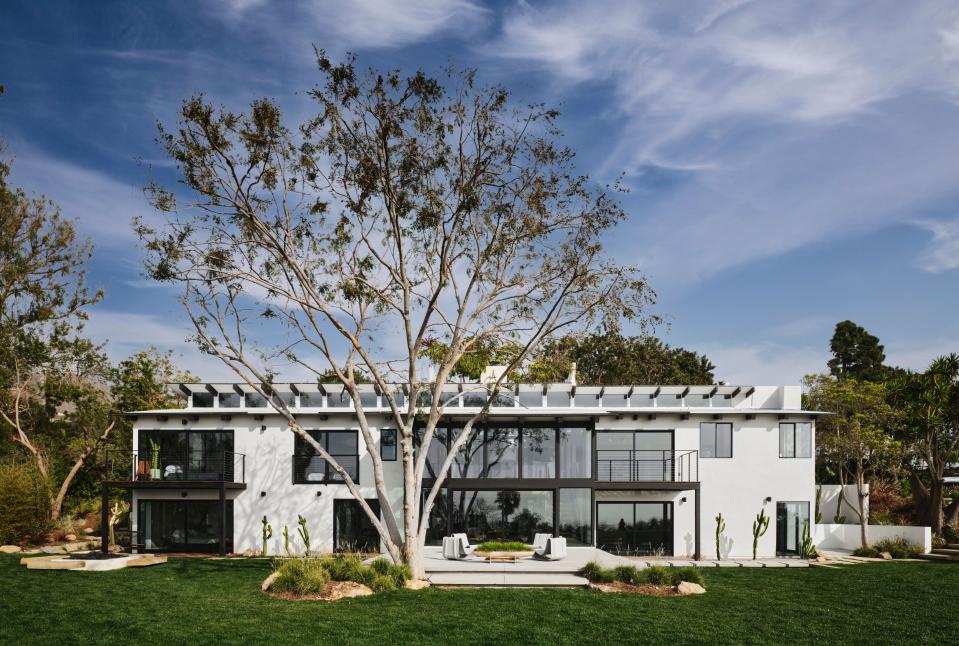
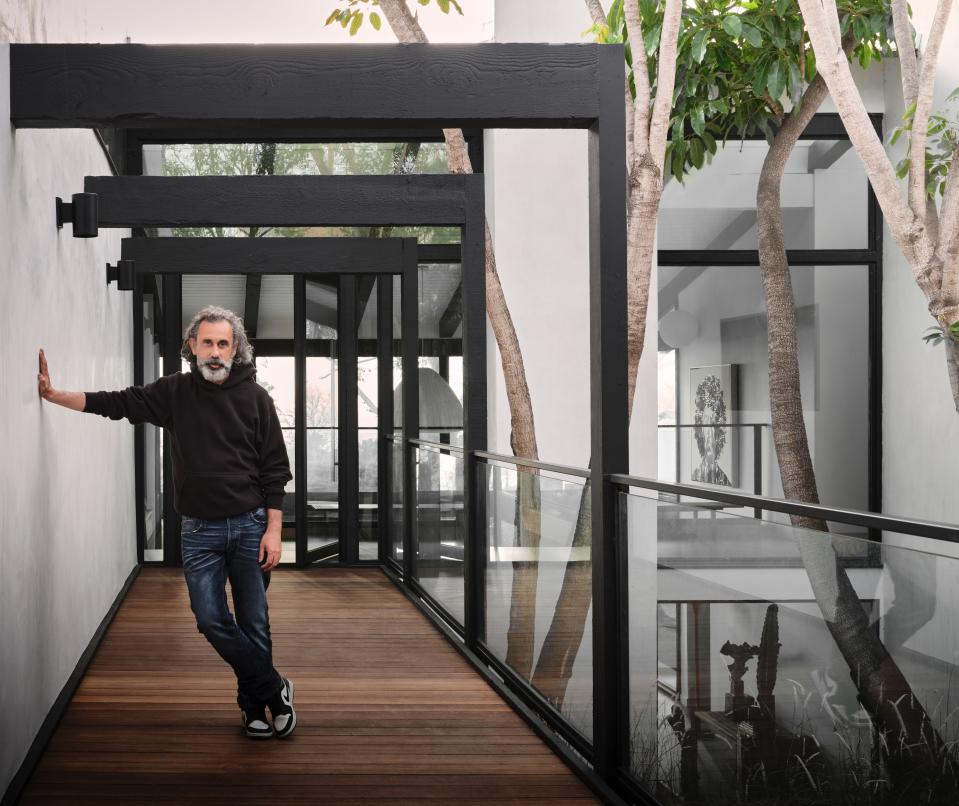
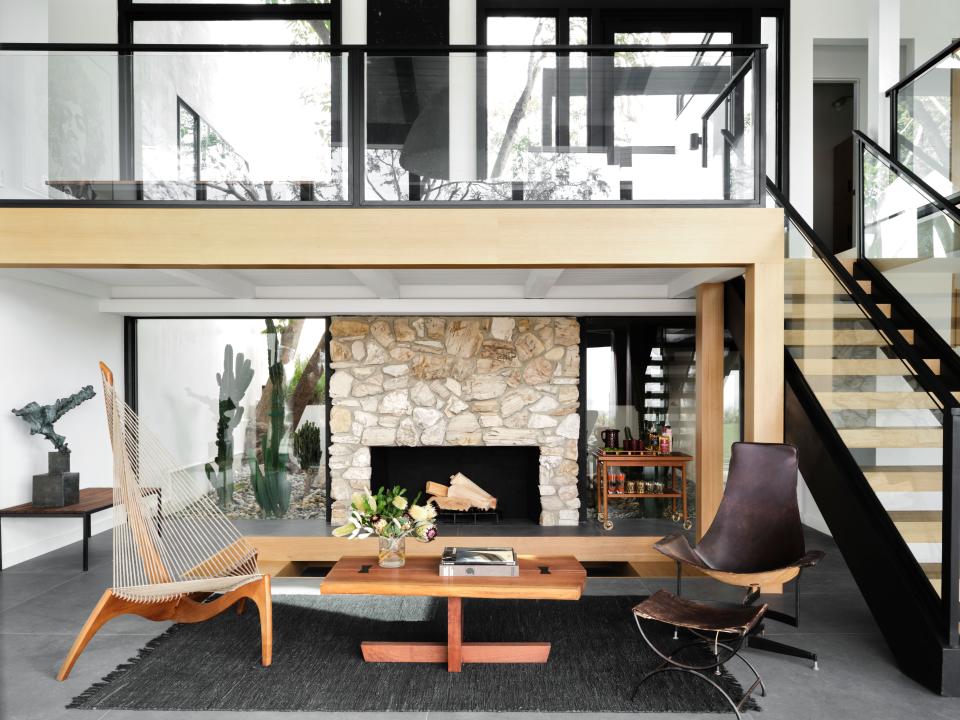
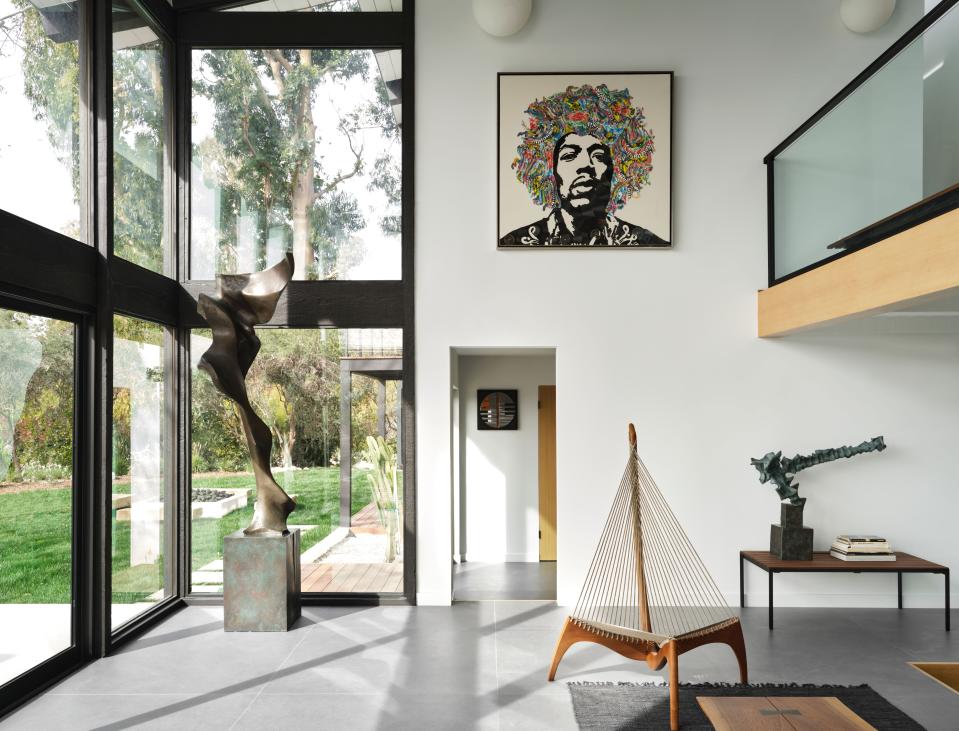
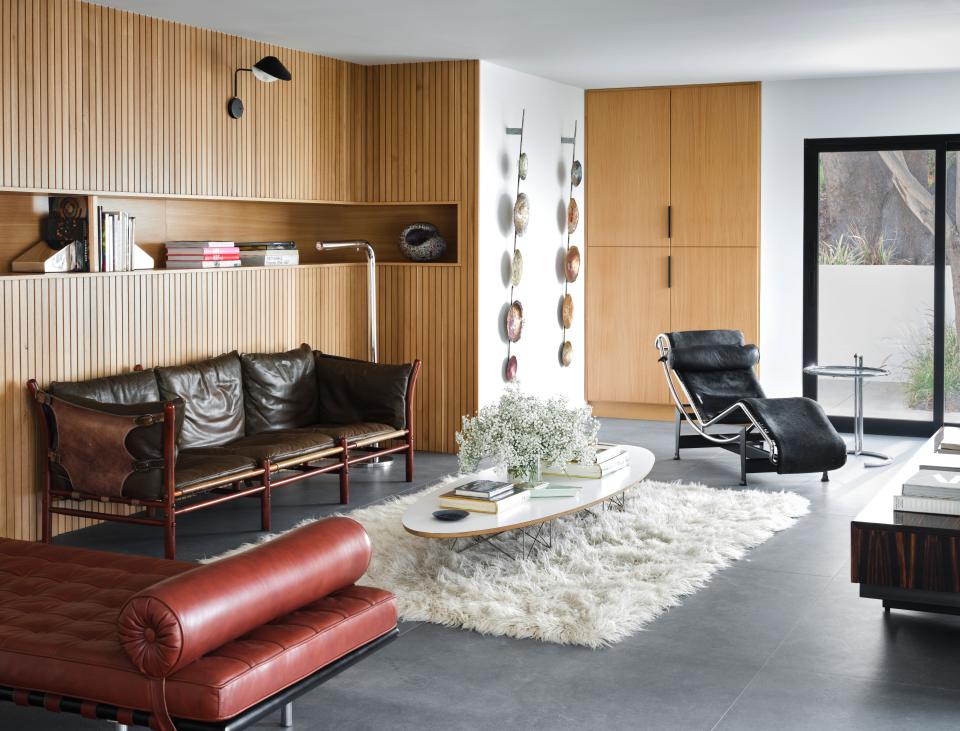
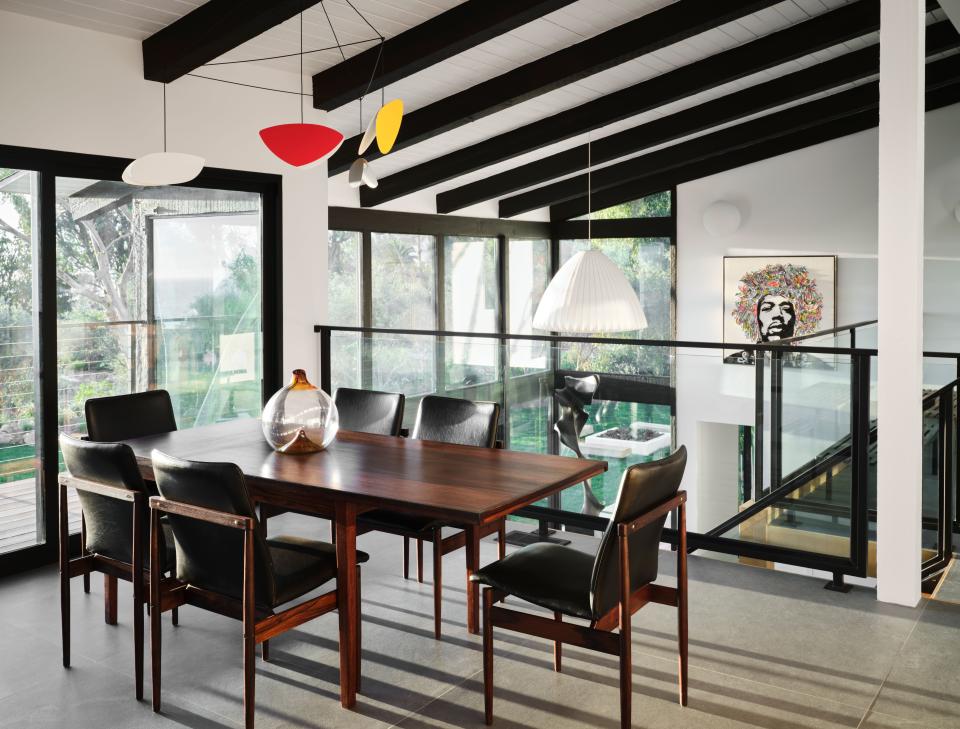
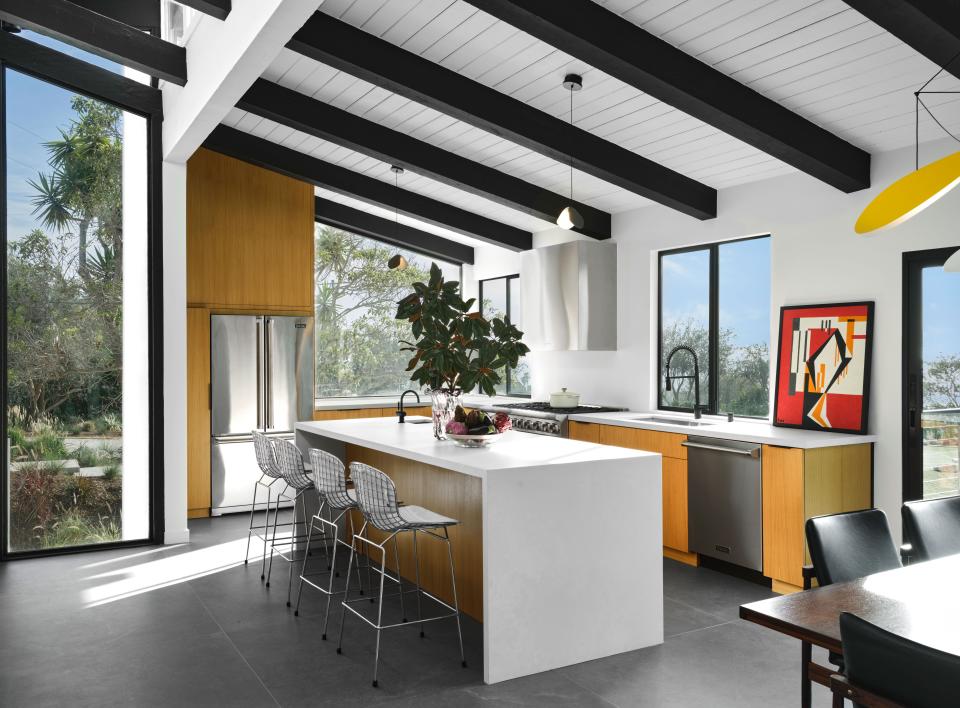
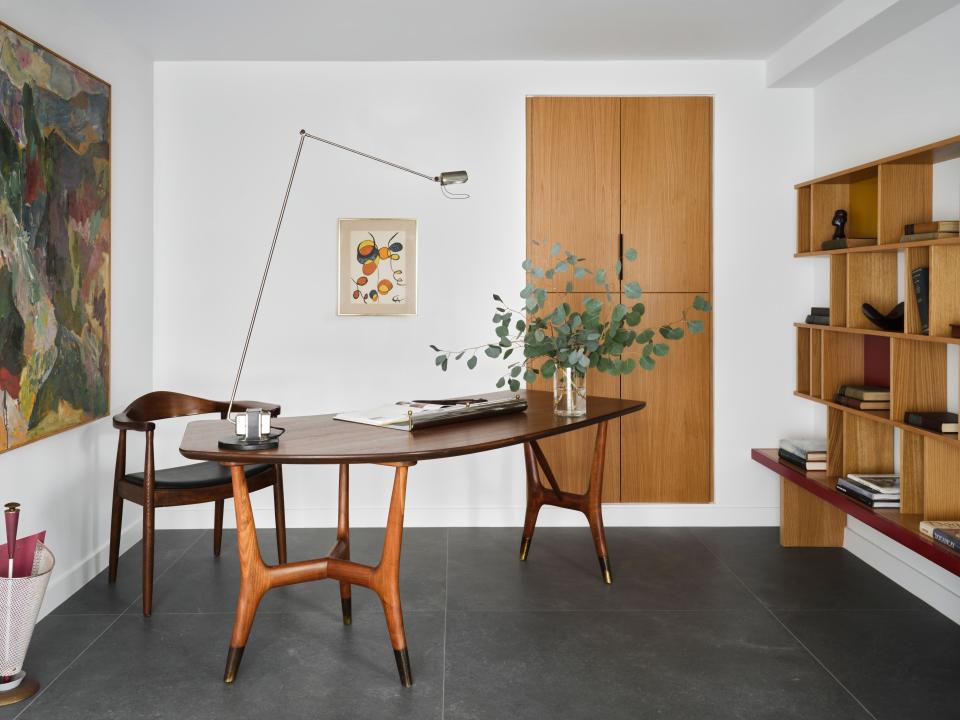
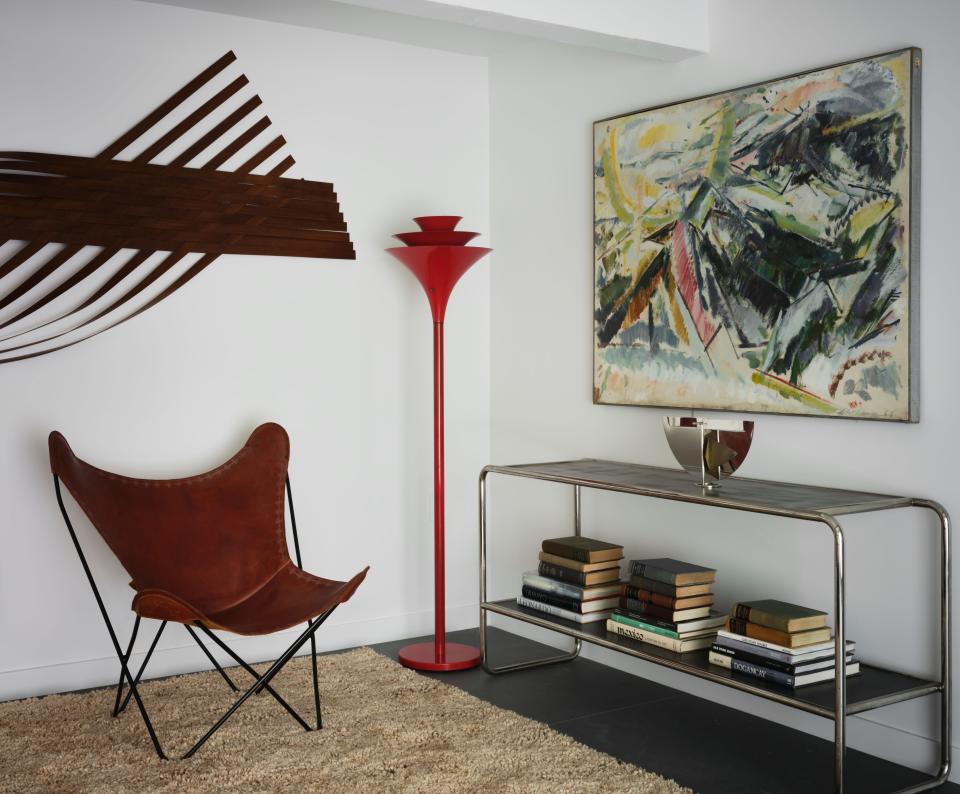
![“In the [primary] bedroom, I wanted to have the feel of a spa,” says Naouri. “Outside…you feel like you’re at a resort in Brazil.”](https://s.yimg.com/ny/api/res/1.2/loIlbtoHVyseAENLs0kBLA--/YXBwaWQ9aGlnaGxhbmRlcjt3PTk2MDtoPTcxNA--/https://media.zenfs.com/en/architectural_digest_422/8dc93aa231c592351c33b79eecb04a86)
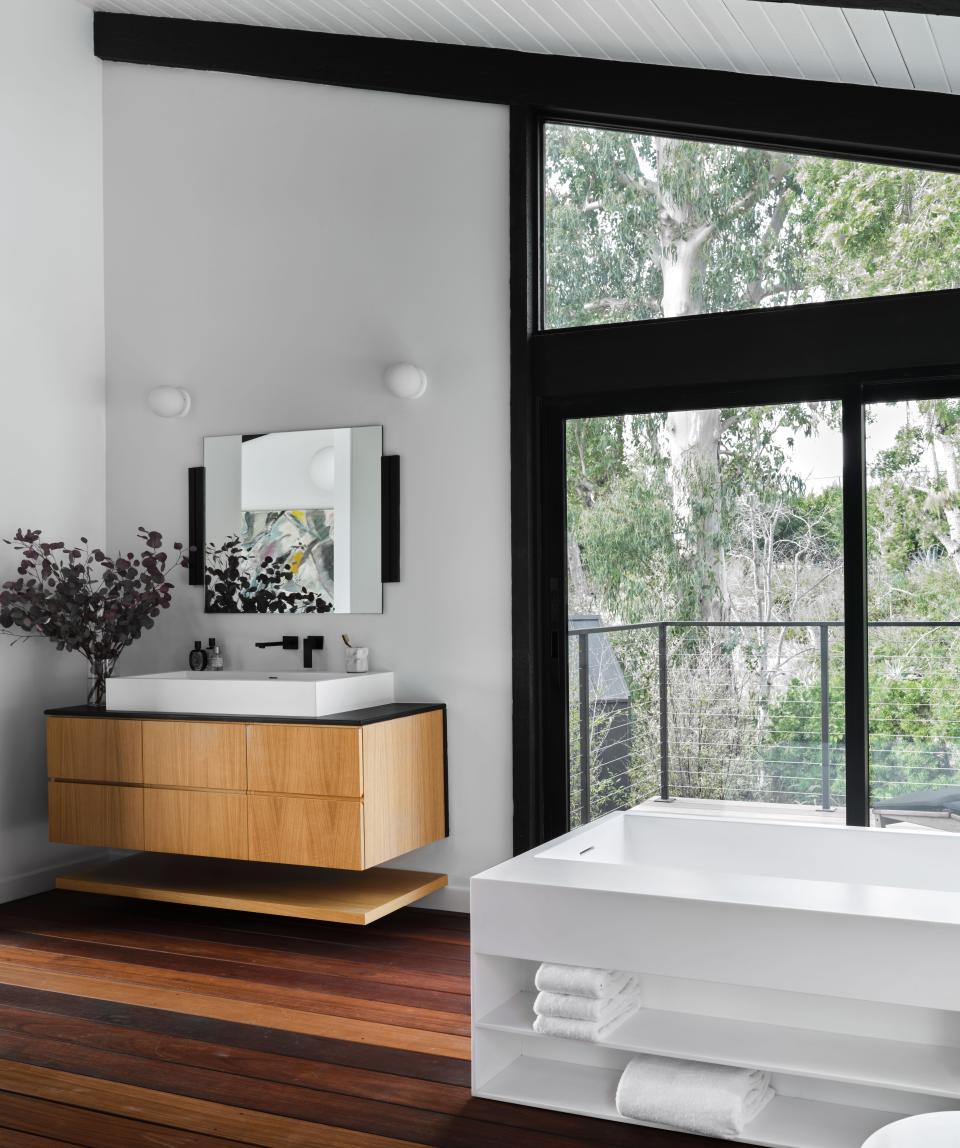
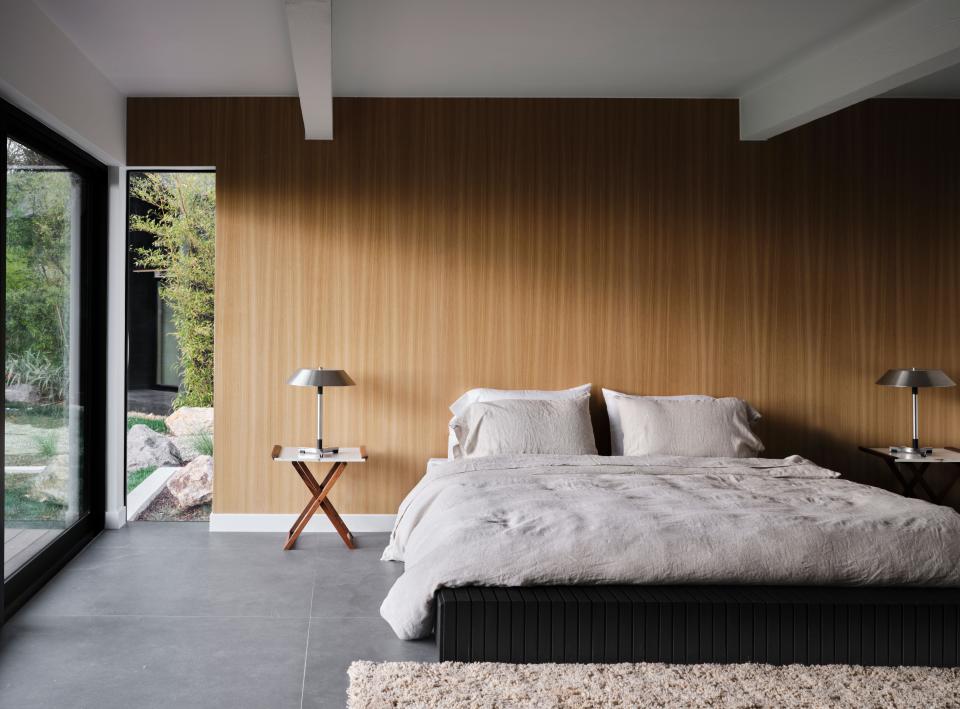
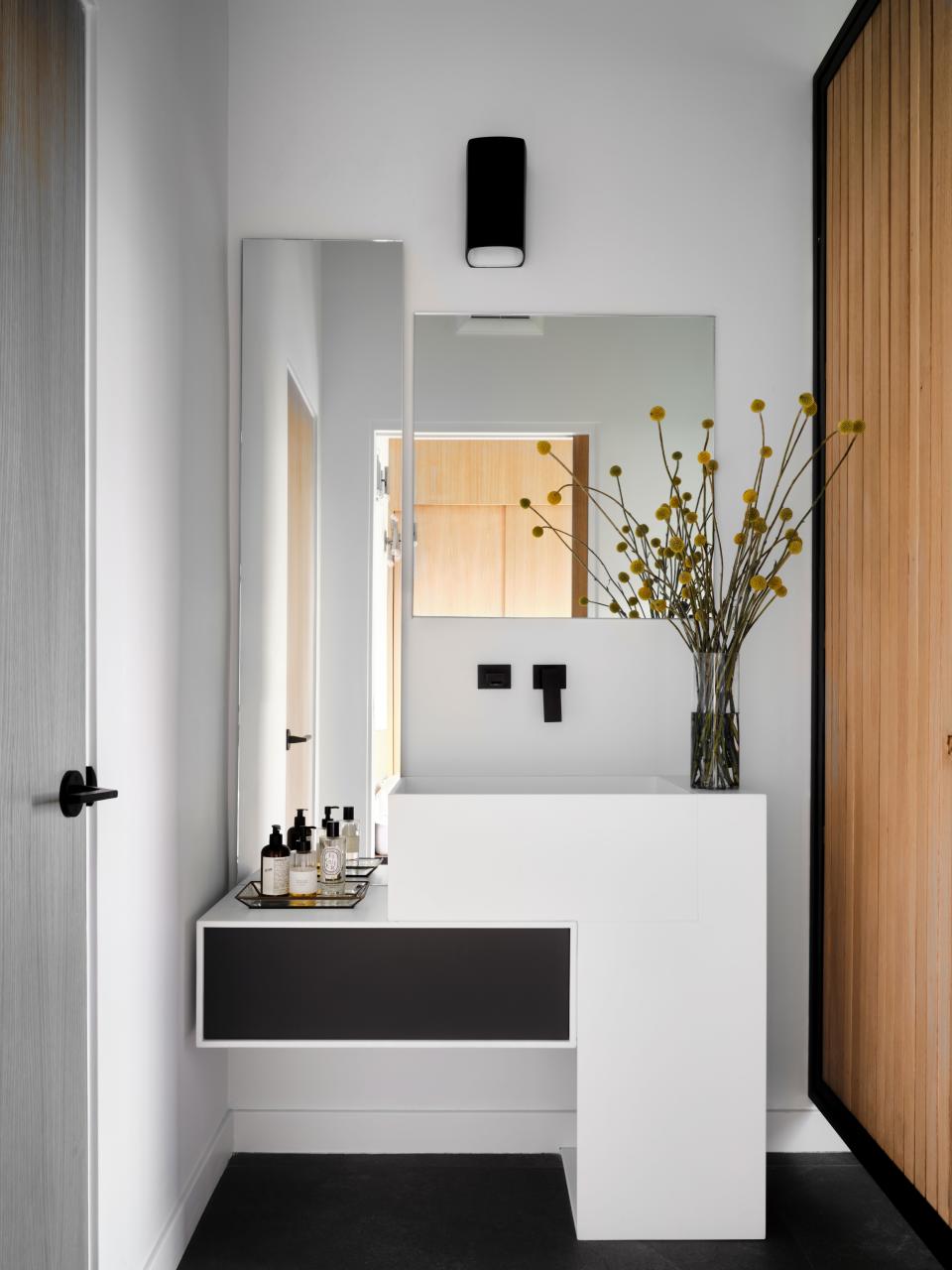
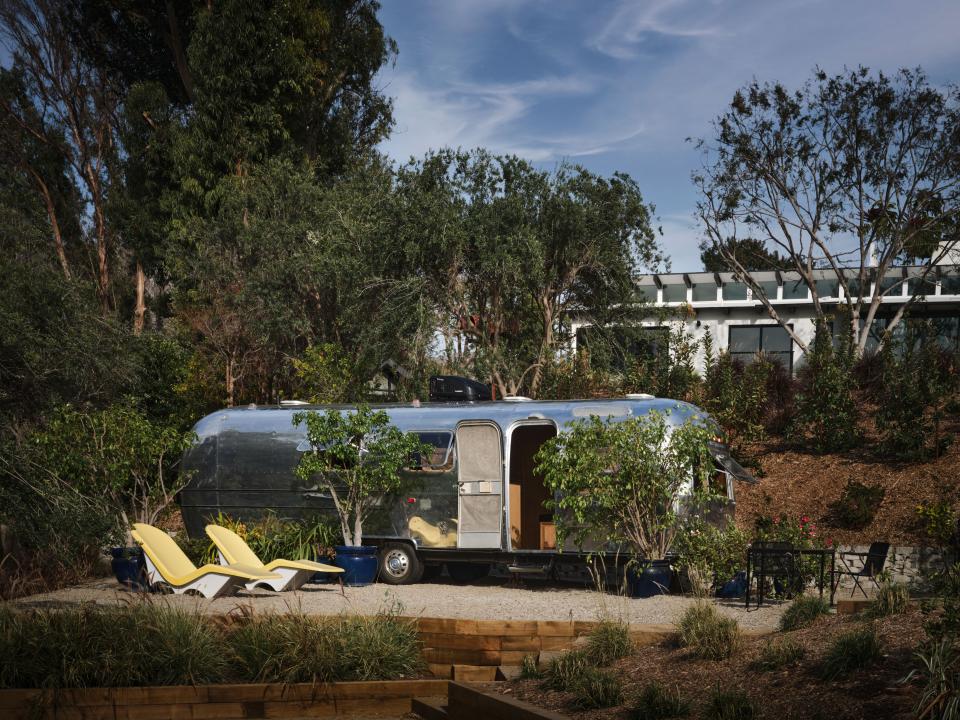
To that end, he selected furnishings that qualify as art but beg to be used: chairs by Charles and Ray Eames and Le Corbusier, a sofa by Mies Van Der Rohe, a lamp by Torchiere. The art runs the gamut from Alexander Calder and Robert Chuey to Mr. Brainwash, a close friend of Naouri’s. “I put his portrait of Jimi Hendrix in the living room to give it that ’60s feeling,” he says. “This was the last house of Fickett’s that had that ’60s vibe.”
The vibe continues across more than an acre outdoors, past the paddle tennis and bocce ball courts to the vintage Airstream that Naouri also renovated from the studs up: There’s a kitchenette, a shower, a bed for friends. “In Malibu, it’s difficult to get a guest house,” says Naouri. “It’s a very long process. The Airstream is an icon of the ’60s. It’s a conversation piece, a piece of art”—one that, in his mind, would earn the admiration of Fickett, were he around today. “This home is like the California dream,” says Naouri. “It’s a free spirit.”

Originally Appeared on Architectural Digest

